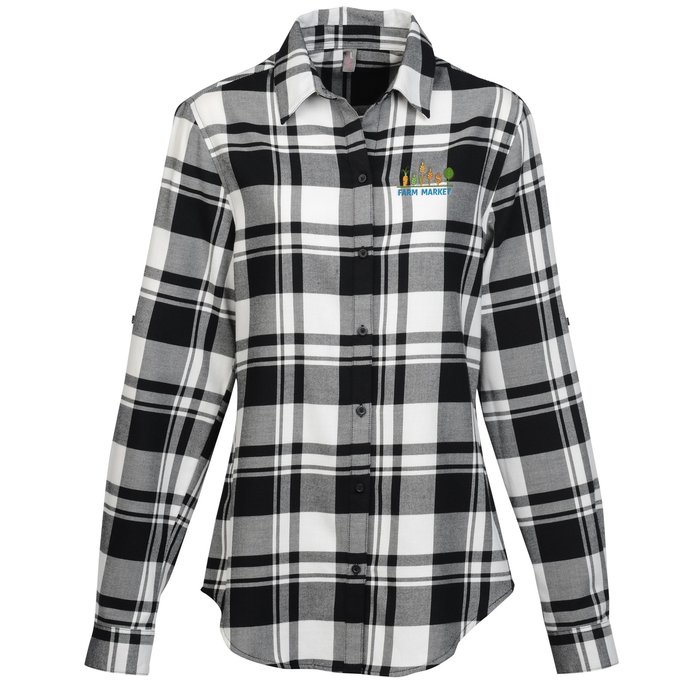Accidents happen—whether it’s from snagging your favorite shirt on a sharp object or the inevitable wear and tear from daily use, discovering a hole in your shirt can be frustrating. However, learning how to sew a hole in a shirt is a practical skill that can save you money, extend the life of your clothes, and provide a satisfying sense of accomplishment. In this guide, we’ll walk you through everything you need to know about fixing holes in shirts, from selecting the right materials to mastering simple sewing techniques.
Contents
Why Learn to Sew a Hole in a Shirt?
Repairing a small tear or hole can prevent further damage to your shirt. Instead of discarding your favorite garment, sewing it up can give it new life. Plus, it’s eco-friendly, reducing textile waste. Sewing skills come in handy not only for shirts but for other clothes and fabric-based items. Once you get the hang of it, you’ll be able to patch up any tear with ease.

Benefits of Sewing Over Buying New
- Cost-Effective: Why spend money on a new shirt when you can repair the one you have? Sewing a hole costs next to nothing and takes only a few minutes.
- Sustainability: By repairing rather than discarding damaged clothes, you’re contributing to reducing waste. In a world increasingly concerned with sustainability, sewing is a small step with a significant environmental impact.
- Customization: Not only can you fix holes, but sewing allows you to customize your clothes to suit your style. From reinforcing weak areas to adding decorative patches, the possibilities are endless.
Tools and Materials You’ll Need
Before diving into the sewing process, gather the necessary tools and materials. Here’s a checklist:
- Needle: A fine, sharp needle works best for small holes in lightweight fabrics like t-shirts and dress shirts. Choose a larger needle for heavier fabrics.
- Thread: Pick a thread color that matches the fabric of your shirt for a nearly invisible repair. For contrast or creative flair, opt for a thread in a contrasting color.
- Scissors: Small, sharp fabric scissors are perfect for trimming loose threads and cutting your sewing thread.
- Pins: These will help hold the fabric in place as you work on the repair.
- Iron: Ironing your shirt before sewing makes the fabric easier to work with.
- Thimble: Optional but helpful for protecting your fingers while pushing the needle through the fabric.
Choosing the Right Thread and Needle
Choosing the correct thread and needle can make a huge difference in the quality and durability of your repair. For a clean, professional finish, use a polyester or cotton thread that blends with your shirt’s fabric. Select a needle based on the thickness of the material: smaller needles (sizes 9-12) for light fabrics like cotton and larger needles (sizes 14-16) for thicker materials like denim or flannel.
How to Sew a Hole in a Shirt: Step-by-Step Instructions
Now that you have the materials ready, it’s time to get started. Follow these simple steps to sew a hole in a shirt, whether it’s a small tear or a larger rip.

Step 1: Prepare the Fabric
First, iron the shirt to smooth out any wrinkles, as this will make sewing easier and ensure a neater finish. Lay the shirt on a flat surface, and gently pull the fabric around the hole to smooth it out. If the hole has any fraying edges, trim them with your scissors for a cleaner repair.
Step 2: Thread the Needle
Cut a length of thread about 18-24 inches long, which is easy to handle without tangling. Thread the needle and tie a knot at the end of the thread. If the thread is too long, it could get knotted while you sew, so it’s better to keep it manageable.
Step 3: Pinch the Fabric Together
Pinch the sides of the hole together so the fabric edges meet as naturally as possible. For small holes, you can overlap the fabric slightly to create a seamless finish. If the hole is larger, you may need to reinforce the area with an extra piece of fabric from an old shirt or a sewing patch.
Step 4: Start Stitching
Using a basic running stitch or backstitch, start sewing about 1/8 inch from the edge of the hole. For a running stitch, pass the needle up through one side of the fabric, then down through the other, creating even stitches. Keep the stitches close together for a stronger seam. If you’re using a backstitch, sew one stitch forward, then one stitch back to cover the gaps between stitches.
Step 5: Sew Across the Hole
Continue stitching across the length of the hole, keeping the thread taut but not too tight to avoid puckering the fabric. When you reach the other end of the hole, finish by passing the needle through the last stitch and tying a knot on the inside of the shirt. Trim any excess thread with your scissors.
Step 6: Press the Repair
Once the hole is sewn, gently press the repaired area with an iron. This helps set the stitches and makes the repair less noticeable.
Repairing Larger Holes or Tears
For larger holes, you may need to patch the area to prevent the fabric from tearing further. Here’s how to handle bigger repairs:
Patching the Hole
- Cut a piece of fabric from an old shirt or purchase a small patch that matches your shirt’s material and color. The patch should be slightly larger than the hole.
- Place the patch underneath the hole, making sure the edges extend beyond the tear.
- Pin the patch in place, and sew around the edges of the patch using a whipstitch or blanket stitch for a secure finish.
- Trim any excess fabric and press the repair with an iron for a clean look.
How to Avoid Future Holes and Tears
While knowing how to sew a hole in a shirt is essential, taking steps to prevent damage is even better. Follow these tips to keep your shirts in top shape:

Wash Clothes Gently
One of the most common causes of fabric damage is rough washing. Always follow the care instructions on your clothing label, and use a gentle wash cycle for delicate fabrics. Consider washing shirts inside out to reduce friction during the spin cycle.
Handle with Care
Avoid overstretching your shirts when putting them on or taking them off. Treat seams and delicate fabrics gently, especially around the neckline and sleeves, where holes are most likely to appear.
Store Properly
Storing shirts in a cool, dry place can help preserve their fabric. Hanging shirts on padded hangers can also prevent unnecessary stretching and fabric stress.
Exploring Advanced Sewing Techniques
Once you’re comfortable with basic repairs, consider delving into advanced sewing techniques to expand your skill set. These methods can enhance the quality and aesthetics of your repairs, making them less noticeable.
1. Invisible Stitch
An invisible stitch, also known as a ladder stitch, is ideal for repairing hems or closing up small holes without visible stitching. To create an invisible stitch, use a thread that matches your fabric and follow these steps:
- Thread your needle and knot the end. Start on one side of the hole and insert the needle between the fabric layers, pulling it through to the outside.
- Take a small stitch on the opposite side, then pull the thread tight.
- Repeat this process, alternating sides until the hole is closed. Finish by tying a knot inside the fabric.
2. Decorative Patching
If you’re feeling creative, consider using decorative patches to cover larger holes. This can transform a damaged shirt into a trendy piece:
- Choose a patch that complements the fabric or adds a pop of color.
- Sew the patch over the hole using a zigzag stitch or decorative stitching, which not only secures the patch but also adds flair.
- Experiment with various patch shapes, sizes, and designs to express your style.
Revive Your Wardrobe with Simple Sewing Skills
Sewing a hole in a shirt is easier than you might think. With a few basic tools and techniques, you can repair holes, save money, and give new life to your favorite clothing. Whether you’re a beginner or someone who sews regularly, mastering this simple skill will help you keep your wardrobe intact for years to come.



